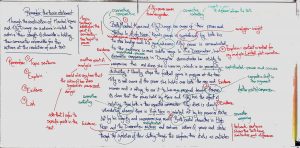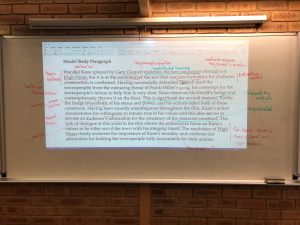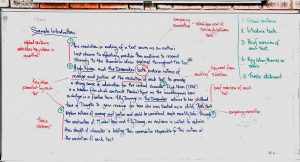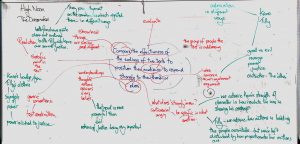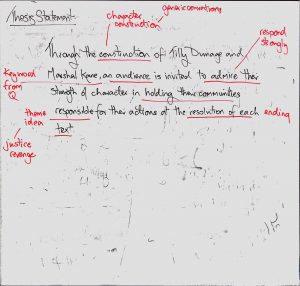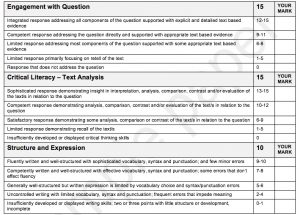Please note the task sheet is also available for download from SEQTA.
I’m looking for the following things from your presentation:
- It should last between 5-7 minutes. It should be no shorter than 4 mins 30 seconds and no longer than 8 minutes.
- The presentation should be multi-modal- It should include images, text, and moving image media.
- It should contain NEW information and not simply rehash the content covered in class. I want to learn something NEW about your chosen text.
- Sustained and detailed analysis of text construction.
- Knowledge of genre.
- Specific generic conventions.
- Structured clearly.
- Well-organised.
- Speak clearly. DON’T read from the screen or prepared notes.
- Evidence of planning.
